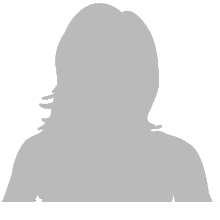Company Blog
Products for Filtration, Separation, Sifting and Printing
Screen-printing on Clay
- Font size: Larger Smaller
- Hits: 4759
- Subscribe to this entry
- Bookmark

Screen-Printing on Clay
There are multitudes of ways to decorate the surface of clay. The various techniques and materials are almost never-ending and
always changing. Screen-printing, or silk-screening, is a stencil method of printing a flat color design through a piece of silk or other
fine cloth on which all parts of the design not to be printed have been stopped out by an impermeable film. Silk-screening has been
used heavily in many industries for many years, but we have just recently started to see its use in fine art ceramics.
When screen-printing on clay, there are two different ways of going about it: directly or indirectly. Direct printing means that the medium
used to print is being pushed through the screen directly onto the clay. The advantage of printing this way is that the image is often
very clear and sharp. The disadvantage is that you most often have to print on a flat piece of clay. Indirect printing, or transfer printing,
means that the image is printed first onto another surface and then transferred onto the clay. This can allow for the image to be applied
to an already formed surface that may not be flat. The disadvantage of printing indirectly can be that the image will not transfer fully
and may not be as sharp.
Making a Screen
The anatomy of a screen is very simple. It is merely a piece of fine-mesh cloth stretched tightly around a frame. High-strength
commercial frames can be purchased and are durable enough to be used repeatedly. Screens can also be homemade by building a
frame from wood and stapling the material tightly around the sides. The mesh size of the material should be determined by the type of
medium that will be pushed through it. A medium that is made up of smaller particles may be able to be used with a very fine mesh,
while a large-particle medium would require a more open mesh. When the screen is ready and clean, the photosensitive liquid
emulsion is applied. This can be achieved in a variety of ways, but the easiest way is to use a scoop-coater, which is a small metal
trough that holds the emulsion while being dragged across the screen, applying a thin coat. The emulsion must be allowed to dry while
exposing it to as little light as possible. When the emulsion is dry the screen can be exposed to light to “burn in” the images. This is
referred to as “shooting” the screen. Positives are used to keep the light from reaching parts of the screen. These can be made by
using anything that blocks light, such as opaque paper, drawings on tracing paper, or an image printed off of a computer that is later
rubbed with baby oil to allow it to be translucent. The parts of the screen that are exposed to light harden while those that were covered
by the positives don’t receive light and therefore don’t harden, allowing them to be washed away later. There are different ways of
shooting a screen. The quickest and easiest is to shoot the screen on a light bed with UV lights. The positives are placed on the light
bed and then the screen is laid on top. The lid of the light bed is then shut and a vacuum is turned on. The vacuum pressure allows
the screen and positives to be pulled together tightly so that the image is not distorted during the exposure. Once the pressure is tight,
the UV lights are turned on and the screen is exposed for a certain amount of time. The amount of time is variable depending on the
type of image that is being burned into the screen. Great care must be taken when exposing a very fine image to not expose it for too
long or all of the emulsion won’t wash out. It is not necessary to use a light table to shoot the screen. Placing the screen under a high-
wattage light bulb or placing it out in the sun will also work. Most emulsions will come with directions that give exposure times for
different situations. A little bit of guess work and experimentation must also be used to determine the exact exposure time. Once the
screen has been shot, it can be removed from the light table and taken to be washed. When the screen is washed, all of the emulsion
that was not exposed to light will wash out, leaving the original image open in the screen.
Direct Printing
Once the screen has been exposed and the emulsion has been washed out, it must fully dry. When the screen is dry, it is ready for
printing. This next section will explain step-by-step how to directly print onto a slab of clay and then form it over a hump mold. First, a
slab of clay is rolled out to an even thickness. It is then cut to be just slightly larger than the outside of the hump mold. The surface is
then smoothed over using a rubber rib. Once the slab is the right size and smooth, it is ready to be printed on. The screen is then
placed over the slab of clay, positioning it so that the image on the screen is directly over the slab. Once in place, the medium is placed
on the screen, just above the image area. The medium can be any number of things from underglaze to slip to glaze itself. When the
medium is spread in a nice even line across the top of the image, it can then be pulled across the image using a squeegee to push it
through the screen and onto the clay. The screen is then removed to reveal the image on the clay. The medium must be allowed to sit
to dry for a little bit of time, to prevent smearing or smudging. When the medium is dry, the slab is then ready to be placed on the hump
mold. The slab is picked up and carefully laid, with the image face down, on top of the hump mold. Care must be taken in positioning
the slab to completely cover the mold. Once the slab is laid down, it is best not to move it around, as smudging will occur. The slab may
then be lightly pressed with the hands so that it completely takes the form of the mold. The slab must dry upside down on the mold to
prevent slumping. When it has stiffened, the edges of the clay may be trimmed to the edge of the mold. When the clay has dried to
leather-hard, the slab may be removed from the mold with no danger of slumping. The form is then turned over and the image is found
on the inside, stretched to fit the form.
Indirect Printing
Indirect printing is a way of placing an image on an already formed surface. The following will explain how to print onto a piece of tissue
paper and then transfer it to a clay surface. The printing of the medium in indirect printing is almost identical to that explained above in
direct printing, except that the medium is printed onto a piece of tissue paper. The image on the screen is lined up over the tissue
paper and the medium is pushed through it with the squeegee. The screen is removed and the image has been printed on the tissue
paper. If the image is to be transferred onto unfired, or greenware clay, the tissue paper must be turned over and placed on the
surface of a pot while the medium is still wet. The back of the tissue paper must then be lightly rubbed with a finger to transfer the
medium onto the clay. When the tissue paper is pulled back, the medium has rubbed partially off of the paper and transferred onto the
clay. If the image is to be transferred onto fired, or bisqued clay, the medium is allowed to fully dry. The tissue paper is then turned
face down and laid on the pottery. The paper is then moistened with water allowing the bisqued pottery to absorb the medium off of the
paper along with the water. Note that when printing indirectly, the image must be shot onto the screen backwards, as it is reversed
when transferred onto the pot. Indirect printing is a great way of printing onto an already formed surface that is not flat, but most often,
the image does not transfer perfectly, but this may also create some interesting effects.





